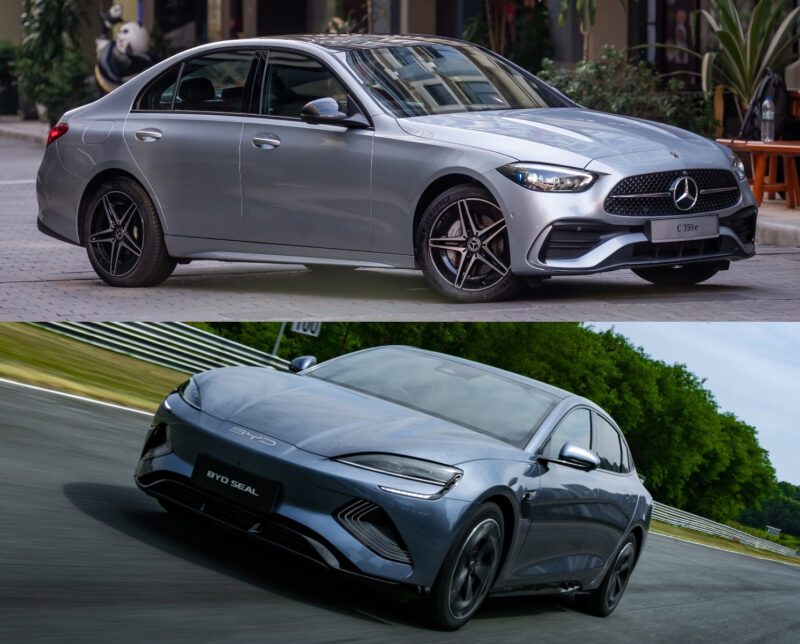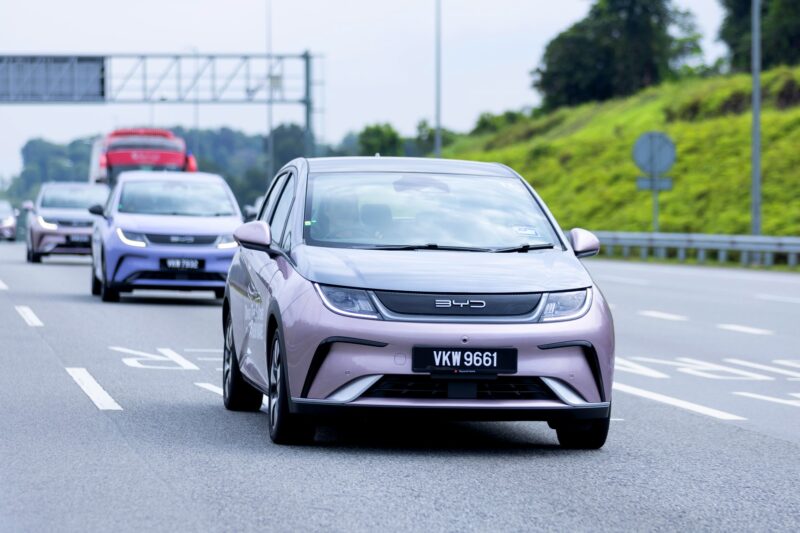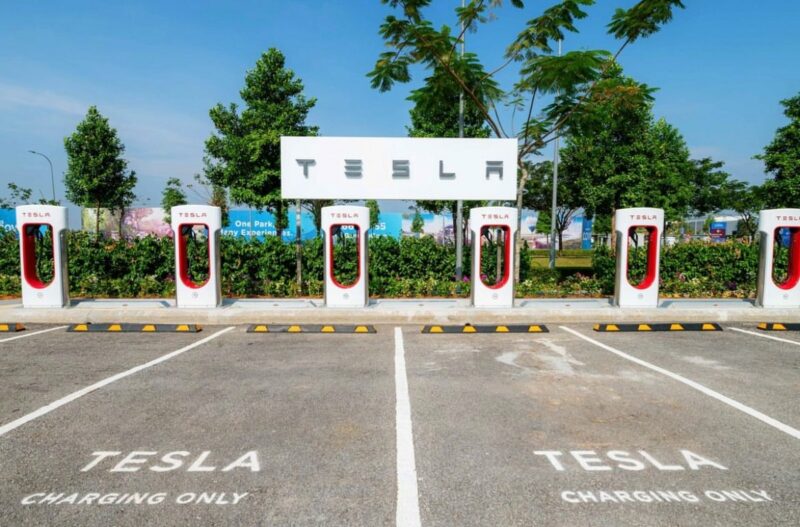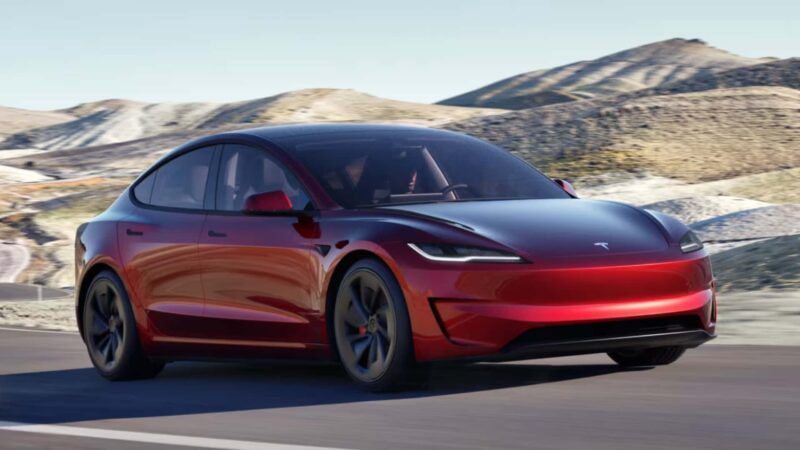Hybrid or EV, which one is for you?

IN the past, buying a car used to be a simple affair. However, with the advancements in technology, the car purchasing process has become rather elaborate as Malaysians need to take into account plenty of factors before signing on the dotted line.
For instance, when it comes to engines, the options available today are not limited to just pure petrol or diesel. Depending on the make, potential buyers can now opt for hybrid powertrains if efficiency is what they aim for.

Or, if buyers no longer wish to use internal combustion engines in the name of the environment, they are encouraged to make the switch to EV, which will cost from as low as RM100,000.
In other words, car buyers now have multiple factors to mull over to make sure that the car they purchase actually meets their needs. Understanding the differences between hybrid and EV should be a good start.
Definition
Essentially, all hybrid cars have two power sources – an internal combustion engine (ICE) and an electric motor powered by a battery pack.
Depending on the type of hybrid system, the ICE and electric motor can propel the wheels together or separately. This depends on the vehicle’s speed, the remaining battery charge, and other factors.
Plug-in hybrid electric vehicles (PHEV) have a longer electric driving range because they come with a larger motor and battery. In addition to regenerative braking, the battery can be replenished from an external source, just like an EV.
Unlike hybrid cars, electric cars do not have conventional engines and rely solely on the electric motor to move.
Most EVs have one or two electric motors, along with a large battery pack located at the bottom of the chassis. EV batteries typically support both AC and DC charging.
Advantages of hybrid
In general, hybrid powertrains work well to reduce fuel consumption, with some systems also promising better acceleration performance.
Fuel savings vary based on the hybrid system. For example, a mild-hybrid system does not offer significant fuel savings compared to a PHEV largely due to the fact that it can’t operate solely in EV mode.

Although heavier than traditional ICE cars, hybrid cars generally have enough grunt to keep things fun. They may not be as fast as EVs, but hybrid powertrains can combine the power of the engine and electric motor to provide strong acceleration.
Additionally, hybrid users do not need to worry about charging the battery because a hybrid battery does not require charging. It can be recharged using regenerative braking. This, however, does not apply to PHEVs as their batteries still need to be plugged in for a full charge.
Advantages of EV
Obviously, EVs do not use any fuel at all, making them the right choice for those looking to reduce their monthly expenses, especially with the impending petrol subsidy rationalisation.
Of course, consumers still need to factor in charging costs, but at least they have the freedom choose charging stations that offer charging rates within their budget.
Speaking of budget, EV users in Malaysia have the opportunity reduce their ownership costs as road tax for EVs is free until the end of 2025.

Performance-wise, EVs are generally faster than hybrid cars due to the electric motor’s ability to generate maximum torque as soon as the accelerator is pressed.
The absence of an ICE also makes EVs much quieter and smoother on the road, giving passengers a sense of luxury.
Which one should I choose?
At the end of the day, understand your needs before making a decision. Hybrids are suitable if you want a daily that’s super reliable and fuel-efficient. They offer a longer driving range than EVs and charging not something to fret about.
Hybrids, or more precisely, PHEVs, are a good option for those who feel like they want to transition to EVs but are not ready to do so yet. This is because PHEVs come with an electric driving mode, while users also get to familiarise themselves with charging.
Driving an EV is fun, and its acceleration can be addictive, but it also has a limited range. Therefore, choose an EV only if you have more than one car and do not live far from work.

In addition to range and the anxiety that comes with it, you also need to consider the public charging infrastructure, which is far from ready. The number of charging stations is growing but there will be times where you come across a charging point that’s unusable due to some technical issues. So, the more, the merrier.
The best way to reduce your dependence on public chargers is by installing a home charger but this is only possible if you live in a landed property.
Life’s too short to argue about which car is the best. Drive whatever you like, as long as you’re happy with it.





